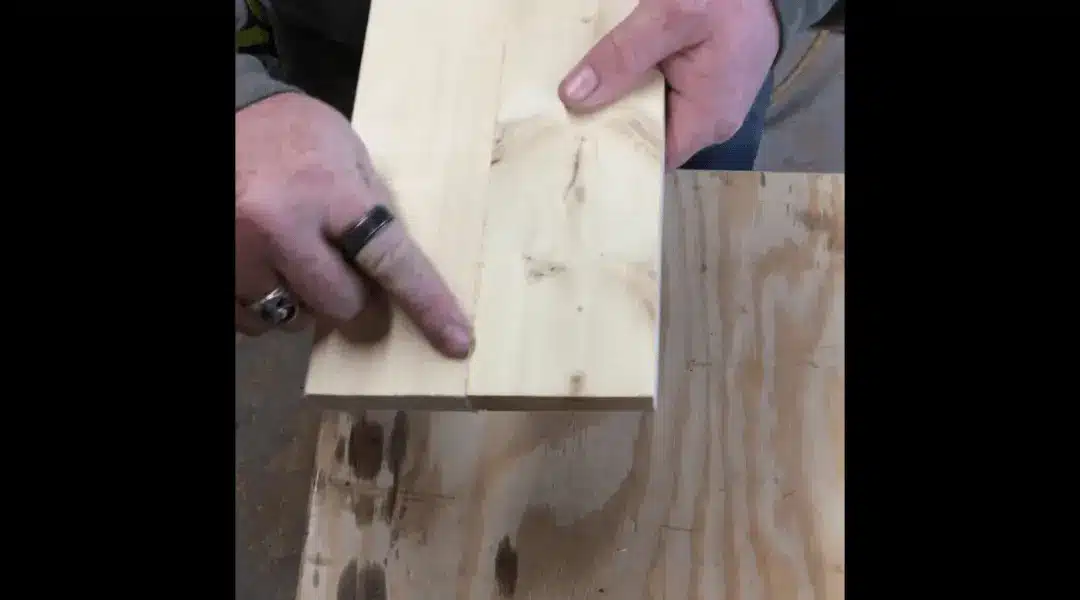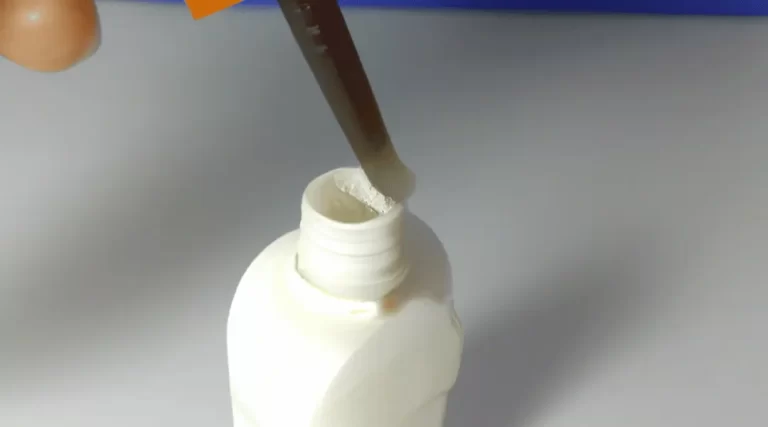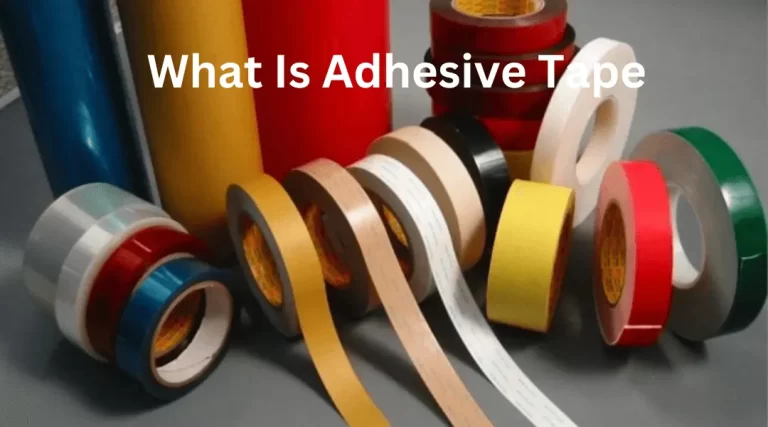Wood glue is a type of adhesive that is used to bond wood pieces together. It is commonly used in woodworking, carpentry, and construction projects. But, how strong is wood glue? In this blog post, we will explore the strength of wood glue and its various types.
Let’s dive into this peculiar topic and uncover the taste, health risks, and even unique uses of glue beyond its intended purpose.
Let’s dive into this peculiar topic and uncover the taste, health risks, and even unique uses of glue beyond its intended purpose.
Wood glue is a popular choice for bonding wood pieces because it provides a strong and durable bond. It is also easy to use and affordable. However, the strength of wood glue can vary depending on the type of glue and the conditions under which it is used.
In the following sections, we will discuss the different types of wood glue, their strengths, and their uses.
Types of Wood Glue
There are several types of wood glue available in the market. Some of the most common types include:
1. PVA Glue:
PVA (polyvinyl acetate) glue is a popular type of wood glue. It is available in both white and yellow colors. and is easy to use, dries clear, and provides a strong bond. It is ideal for indoor use and bonding porous materials.
2. Epoxy Glue:
Epoxy glue is a two-part adhesive that is known for its strength and durability. It is ideal for use in high-stress areas, such as joints and seams. It is also water-resistant and can be used for outdoor projects.
3. Cyanoacrylate Glue:
Cyanoacrylate glue, also known as super glue, is a fast-drying adhesive that is ideal for small projects and repairs. It is not recommended for use on wood as it can cause the wood to become brittle and break.
Strength of Wood Glue

The strength of wood glue depends on several factors, including the type of glue, the wood species, the surface preparation, and the clamping pressure. In general, wood glue provides a stronger bond than mechanical fasteners, such as nails and screws.
The strength of wood glue is usually measured in pounds per square inch (PSI). PVA glue can provide a bond strength of up to 4,000 PSI, while epoxy glue can provide a bond strength of up to 7,000 PSI.
It is important to note that the strength of the bond can be affected by the conditions under which the glue is used. For example, high humidity can weaken the bond of PVA glue, while extreme temperatures can affect the bond of epoxy glue.
Uses of PVA Glue
PVA glue is a versatile adhesive that can be used for a variety of woodworking projects. Some of its common uses include:
1. Edge Gluing:
PVA glue is ideal for edge gluing, where two wood pieces are joined together to form a larger panel. It provides a strong bond and can fill gaps between the wood pieces.
2. Box Joints:
PVA glue is also used for box joints, where the wood pieces are cut to create interlocking fingers. It provides a strong bond and can help prevent the box joints from shifting or coming apart.
3. Dowel Joints:
PVA glue is often used for dowel joints, where wooden dowels are inserted into pre-drilled holes in the wood pieces. It provides a strong bond and can help reinforce the joint.
Uses of Epoxy Glue
Epoxy glue is a strong and durable adhesive that is ideal for use in high-stress areas. Some of its common uses include:
1. Outdoor Projects:
Epoxy glue is water-resistant and can be used for outdoor projects that will be exposed to moisture and weather conditions.
2. Bonding Metal to Wood:
Epoxy glue can be used to bond metal to wood, such as in furniture or woodworking projects.
3. Filling Cracks and Gaps:
Epoxy glue can be used to fill cracks and gaps in wood pieces. It dries clear and can be sanded and painted over.
Surface Preparation
The strength of the bond between wood pieces can be affected by the surface preparation. It is important to ensure that the wood pieces are clean, dry, and free from any dust or debris. The surfaces should also be sanded to create a rough texture, which can help the glue adhere better.
Clamping Pressure
Clamping pressure is important for ensuring a strong bond between wood pieces. The pressure should be applied evenly across the wood pieces and should be sufficient to squeeze out any excess glue. The clamps should be left in place until the glue has dried completely.
Safety Precautions
When using wood glue, it is important to take safety precautions to avoid any accidents. Some of the safety precautions include:
1. Use in a well-ventilated area:
Wood glue can emit fumes that can be harmful if inhaled. It is important to use it in a well-ventilated area to avoid any health risks.
2. Wear protective gear:
It is important to wear protective gear, such as gloves and safety glasses, when using wood glue to avoid any skin or eye irritation.
3. Keep out of reach of children:
Wood glue should be kept out of reach of children as it can be harmful if ingested.
Conclusion
Wood glue is a strong and durable adhesive that is ideal for bonding wood pieces together. Its strength can vary depending on the type of glue, the wood species, the surface preparation, and the clamping pressure. PVA glue is ideal for indoor use and bonding porous materials, while epoxy glue is ideal for use in high-stress areas and outdoor projects. It is important to take safety precautions when using wood glue to avoid any accidents.



